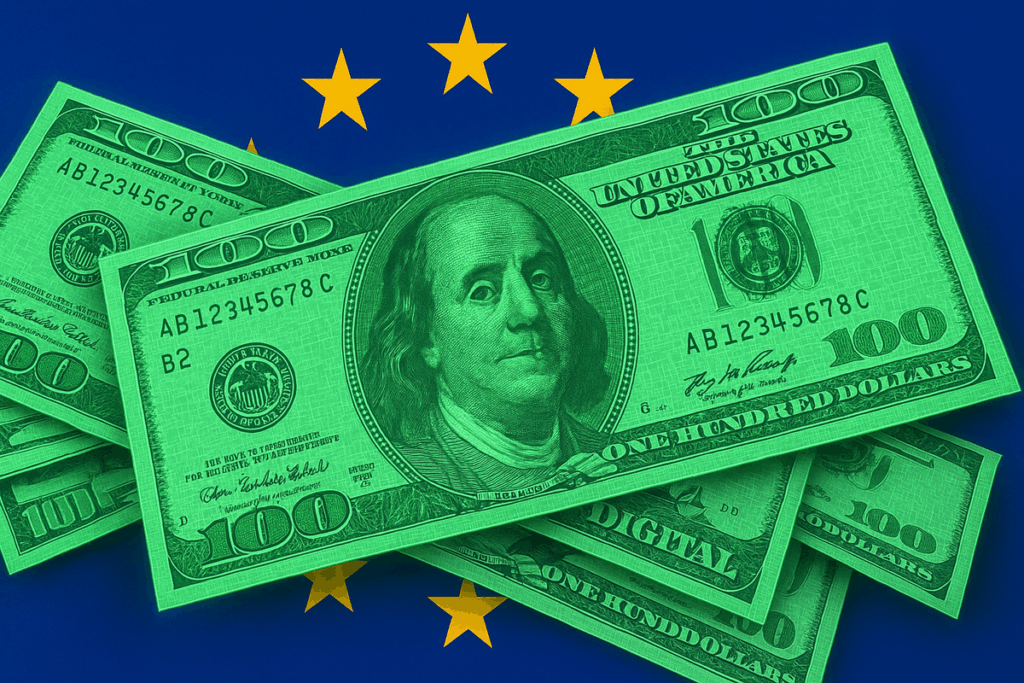Stablecoins and Crypto Cards Transforming Europe’s Payment Landscape
The integration of stablecoins and cryptocurrency-linked cards is reshaping Europe’s financial ecosystem, with significant implications for everyday transactions.
Stablecoins Surpass Traditional Payment Networks
Recent data indicates a remarkable surge in the adoption of stablecoins and crypto debit cards in Europe. Notably, stablecoins have outpaced industry giants like Visa and Mastercard in on-chain transaction volume by approximately 7%, establishing themselves as the fastest-growing payment infrastructure globally. Alchemy’s head of engineering, Noam Hurwitz, describes this trend as ‘explosive,’ highlighting the appeal of near-instant, cross-border transactions at minimal costs. As a result, stablecoins are becoming the default settlement layer for online transactions, prompting major players like PayPal and Visa to integrate stablecoin rails into their systems to enhance efficiency.
A Growing Market for Stablecoin Investments
The rise of stablecoins has also led to a significant increase in investments in US Treasuries, with market leader Tether (USDT) holding an impressive $113 billion in reserves. This influx of liquidity underscores the pivotal role of stablecoins in tokenized finance, laying the foundation for a burgeoning on-chain economy.
Regulatory Developments and Institutional Adoption
The recent passage of the GENIUS Act in the US Senate signals a favorable regulatory environment for stablecoin providers, paving the way for enhanced institutional adoption. J.P. Morgan has introduced a blockchain initiative, Kinexys, offering a USD deposit token (JPMD) on Coinbase’s Layer-2 network, presenting an alternative to stablecoins for corporate treasuries.
Challenges and Opportunities in the Stablecoin Ecosystem
Despite the rapid growth of stablecoins, challenges such as network fragmentation and user experience obstacles persist. However, the emergence of Layer-2 networks tailored to specific platforms and improved cross-chain interoperability presents new opportunities for seamless transactions across various blockchains.
The Rise of Crypto Cards in Europe
Simultaneously, digital-asset cards are gaining traction in Europe, gradually challenging traditional banking institutions at the point of sale. Data from CEX.IO reveals a notable increase in crypto card usage, with a growing preference for small-value transactions both online and offline.
Consumer Behavior and Spending Patterns
European consumers are embracing crypto cards for everyday purchases, with stablecoins accounting for a significant portion of transactions. The average transaction size indicates a shift towards using digital assets for routine expenses, reflecting a broader trend towards cashless payments.
Future Outlook and Market Dynamics
With advancements in merchant acceptance, regulatory clarity, and stablecoin maturity, crypto cards are poised to compete with and potentially surpass traditional bank cards across various spending categories. The convergence of these factors could herald a future where crypto cards become the primary payment method in a cashless Europe, revolutionizing the payment landscape one tap at a time.
Stay informed with the latest developments in the evolving crypto and stablecoin market. Subscribe to our newsletter for exclusive insights and analysis.


